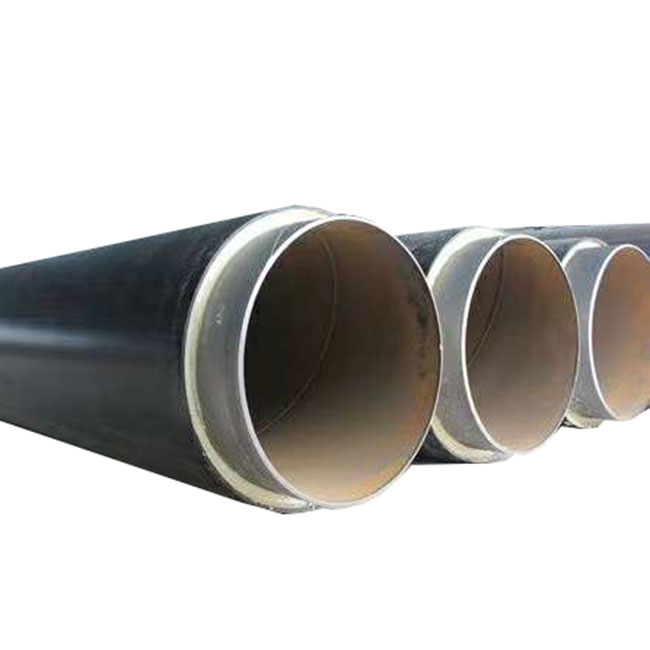1. Steel structure treatment 2. Degreasing 3. Abrasive 4. Sand blasting
Steel structure treatment
In order to ensure the best performance of the coating, the surface of the steel structure should be corrected before the sandblasting, such as air holes and discontinuous welding. Sharp edges and flame cutting edges are ground to a radius of R ≥ 2 mm. Welds should be smooth without spattering and so on.
2. Degreasing
Before blasting, all grease or wetting agent left behind by the flaw detection film shall be removed according to the SSPC-SP1 "solvent cleaning" method.
3. Abrasive
The abrasive for spraying should be dry and clean without debris, which will not affect the performance of the coating. The abrasive selected should comply with ISO 11126 1-8 and be tested in accordance with ISO 11127 1-7. River sand will not be used for sandblasting. The size of the abrasive should be such as to produce the roughness required for the specified coating system. Surface roughness levels were evaluated according to ISO 8503. When sandblasting, take care to prevent oil and/or water from staining the surface of the steel after sandblasting. The air compressor must be equipped with a water separator. Abrasives cannot be recycled unless approved by the person concerned.
The surface of the steel is required to be blast cleaned to ISO 8501-1 Sa? with a roughness of Rz50-70 microns or a "moderate (G)" grade (ISO 8503-2). The surface of the steel to be painted after blasting should be clean, dry, free of grease, and maintain roughness and cleanliness until the first coat is applied. All dust is required to be thoroughly cleaned. According to ISO8502-3, the amount of dust should be less than 3 levels. Within 4 hours after the surface treatment, the surface of the steel is painted before it returns to yellow. If the surface of the steel has visible rust, becomes wet or contaminated, it is required to re-clean to the level required.
5. Surface treatment of various non-carbon steel surfaces such as flange surface, galvanized layer and aluminum layer shall follow the detailed construction instructions. When the galvanized surface is painted, it is sandblasted.
6. In the case of maintenance, the SSPC SP2 grade should be achieved by a suitable method of surface treatment.
Http://news.chinawj.com.cn Editor: (Hardware Business Network Information Center) http://news.chinawj.com.cn
Pre-insulation steel pipe
All kinds of medium thermal insulation and cold insulation engineering which the conveying temperature is in the range of -50℃~150℃, it is widely used in thermal insulation and cold insulation engineering of urban collective heating, warm room, refrigeratory, coal mine, petroleum, port and chemical etc industry.
Advantage

advantage
1. Strong corrosion resistance and waterproof ability, low comprehensive cost
2.Low heat loss, saving energy.The heat loss is only 25% of the traditional pipe material
3 long service life
4. Less land area and fast construction are conducive to environmental protection
Packaging Details
Plastic caps on both ends, Steel bundle, Woven bag or acc. to customers' request.
Delivery Time
15 days after receiving deposit
If you have any questions, please contact with us directly and welcome you can visit our Factory.
Pre Insulated Pipe,Pre-Insulated Steel Pipe,Steel Jacket Insulating Steel Pipe,Steam Insulation Steel Pipe
HEBEI CHENGYUAN PIPE INDUSTRY GROUP CO.,LTD , https://www.hbcytube.com